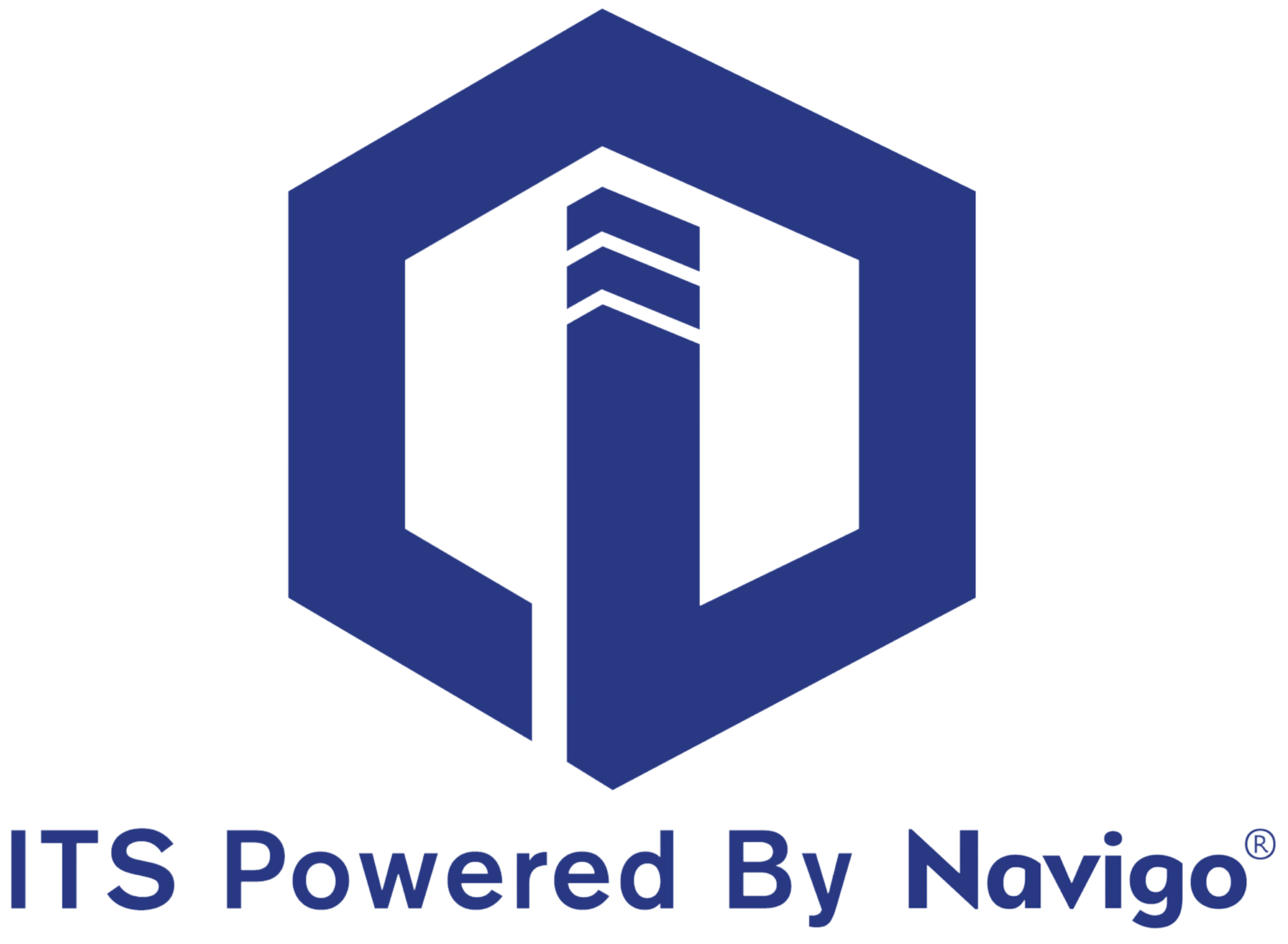Headquarters
7150 Columbia Gateway Drive, Suite L, Columbia, MD 21046
New York Location
112 West 34th Street, 18th floor, Room 18025 New York, NY 10001

Proud member

Cities and government facilities are continually embracing innovative solutions to streamline operations and enhance security. Implementing touchless access control systems, visitor management, and digital signage are examples of that.
These systems have allowed local city governments to enhance security, streamline efficiencies, and reduce costs in their facilities along with a number of additional benefits.
While there is lots of information dedicated to showing the benefits of all these different systems, the purpose of this informative content is to highlight touchless access control specifically. This cutting-edge technology not only offers a convenient and hygienic way to manage access but also contributes to greater efficiency, improved security, and a more resilient urban infrastructure. Let’s explore what this means to government facilities.
Traditionally, access control systems relied on physical keys, cards, or passcodes to grant entry to secure locations. However, these methods have their limitations. Keys can be lost or duplicated, access cards can be stolen, and passcodes can be compromised. Moreover, these traditional methods often require physical contact, which can lead to concerns about hygiene, especially in light of health crises like the COVID-19 pandemic.
Enter touchless access control. By leveraging smartphone technology or biometric authentication methods such as facial recognition, iris scanning, and fingerprint identification, touchless systems provide a secure and frictionless way to grant access. This eliminates the need for physical keys or cards and allows for better control and monitoring of visitors.
There is always a new technology, product or service being offered to government entities and facilities. The organization’s task is to compare the advantages and costs of these technologies with their goals to determine what is a right fit.
Touchless access control offers many benefits to city governments. Explore them below to see if they will help your facility achieve its internal and public facing goals.
1. Enhanced Security
Touchless access control systems offer a higher level of security by utilizing biometric data unique to each individual. This makes it exceedingly difficult for unauthorized individuals to gain entry through impersonation or stolen credentials.
2. Improved Efficiency
Traditional access control methods can be time-consuming, especially in high-traffic areas. Touchless systems expedite the authentication process, reducing queues and wait times for staff and visitors.
3. Reduced Costs
Over time, the costs associated with managing physical keys or access cards, as well as the expenses related to replacing lost or stolen items, can add up. Touchless access control reduces these costs by eliminating the need for physical tokens.
4. Hygiene and Health Considerations
The recent global health crisis has highlighted the importance of minimizing contact with shared surfaces. Touchless access control systems address these concerns by eliminating the need for physical touch during authentication.
5. Audit Trail and Analytics
Many touchless access control systems offer robust tracking capabilities, providing city authorities with an accurate audit trail of who accessed specific areas and when. This data can be invaluable for security investigations and operational improvements.
Like with all new technologies, the implementation process should be considered before any contract is created or RFP is submitted. It’s important for government facilities to understand the implementation process to accurately determine timelines and manage expectations.
To successfully implement touchless access control for city government facilities, several key steps must be taken.
1. Needs Assessment
Conduct a comprehensive assessment of your facility's access control requirements, considering factors such as the number of entry points, user profiles, ADA compliance measures, and security levels.
2. Vendor Evaluation
Research and evaluate reputable touchless access control system providers. Look for solutions that offer scalability, integration with existing infrastructure, and robust security features.
3. Integration
Ensure that the chosen touchless system can seamlessly integrate with your city's existing security systems, such as CCTV cameras, alarms, and visitor management software.
4. User Training
Provide training to staff and visitors on how to use the touchless access control system. Familiarity with the technology will help minimize user errors and ensure a smooth transition.
5. Data Privacy
Address concerns about data privacy and security by selecting a system that adheres to industry standards and regulations, particularly regarding the storage and protection of biometric data.
6. Continual Monitoring and Improvement
Regularly monitor the system's performance and gather feedback from users. Use this information to make necessary adjustments and improvements to ensure optimal functionality.
As city governments continue to evolve and adapt to new challenges, touchless access control is poised to become an integral component of their facility’s infrastructure. By prioritizing efficiency, security, and visitor management, city governments can create safer, more accessible environments for their citizens and personnel. Through the implementation of touchless access control systems, city governments are not only safeguarding their facilities but also contributing to the overall visitor experience of their guests.
Explore itouchinc.com for more information on our solutions or contact us for needs unique to your property or project.
7150 Columbia Gateway Drive, Suite L, Columbia, MD 21046
112 West 34th Street, 18th floor, Room 18025 New York, NY 10001

Proud member
Toll-Free
Phone
© Copyright 2025 ITS, Inc. All rights reserved.
Stay in touch with the latest news and updates from ITS, Inc.
7150 Columbia Gateway Drive, Suite L
Columbia, MD 21046
112 West 34th Street, 18-025
New York, NY 10001